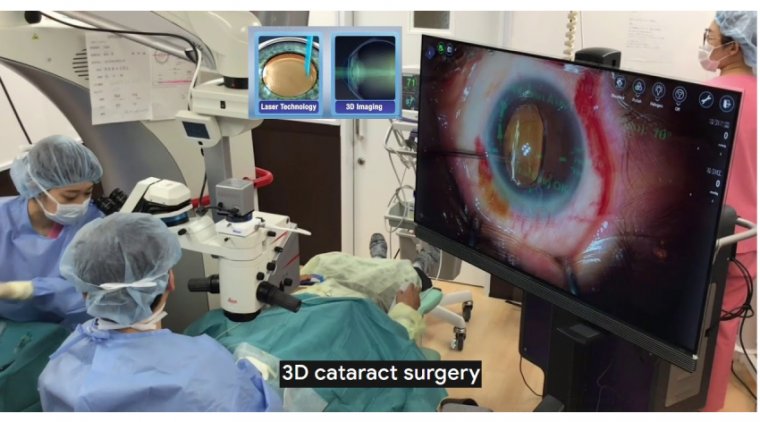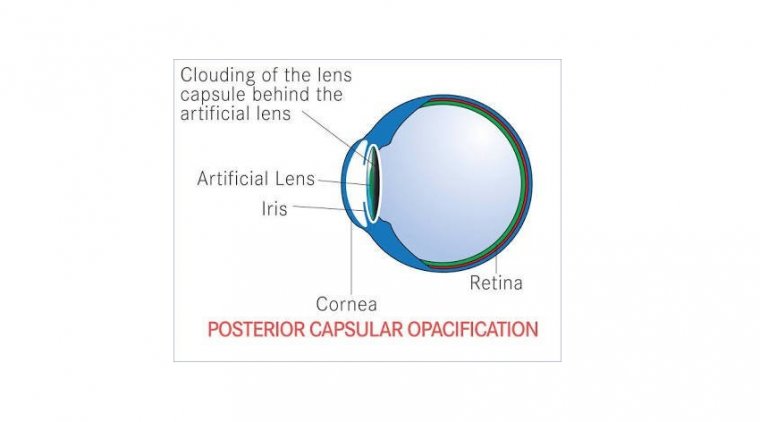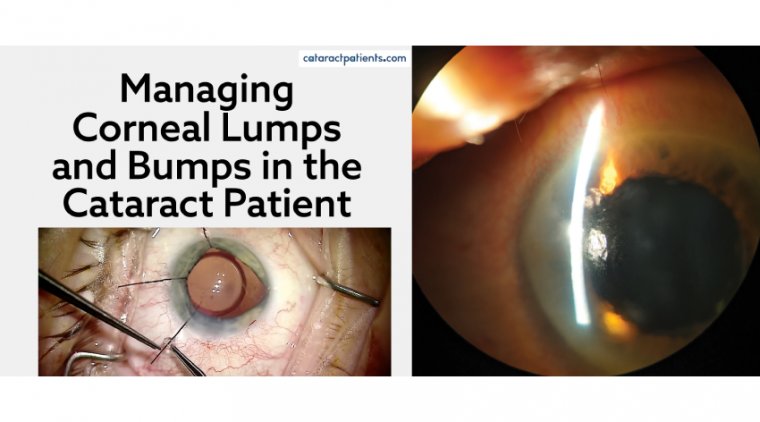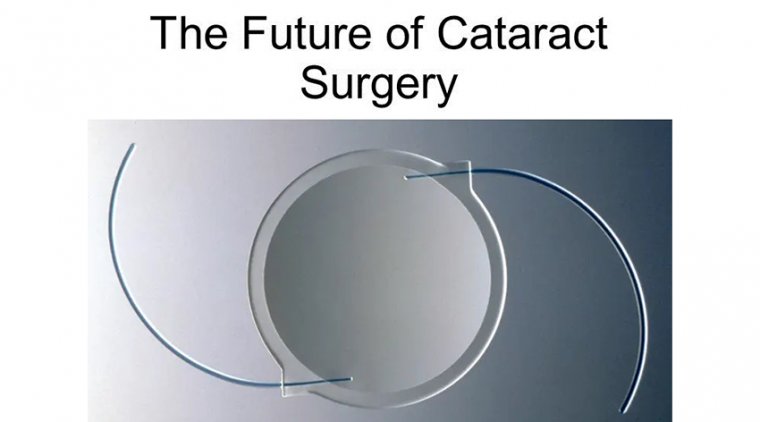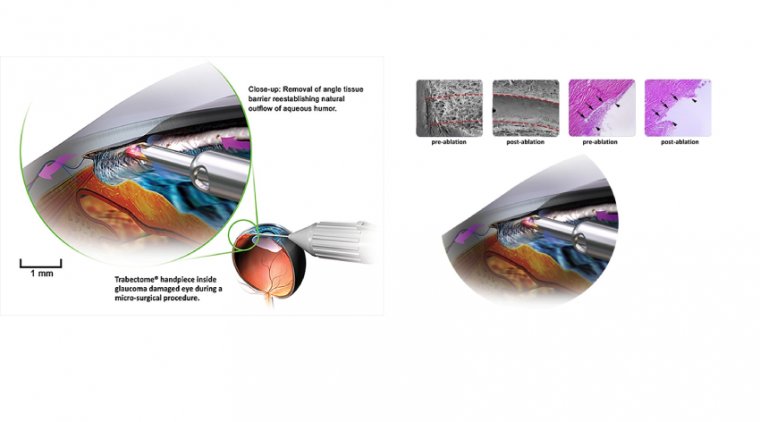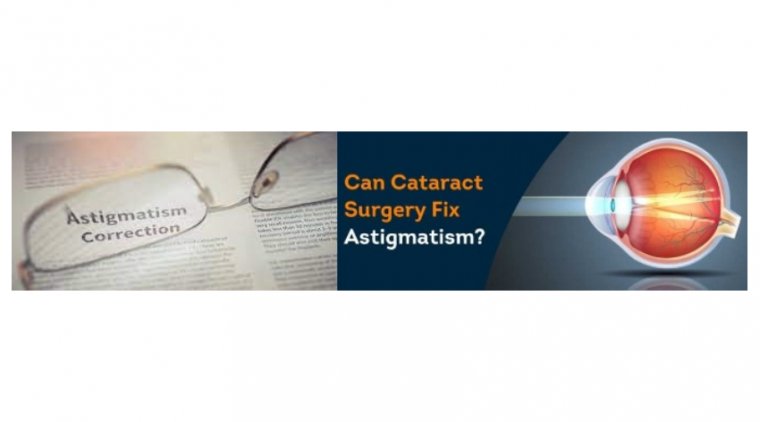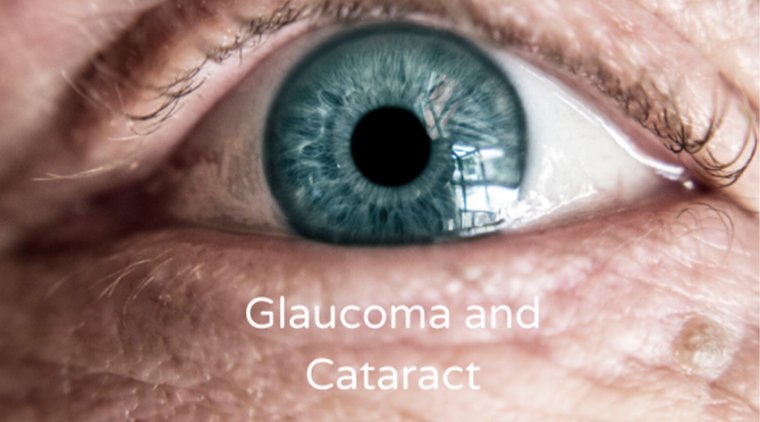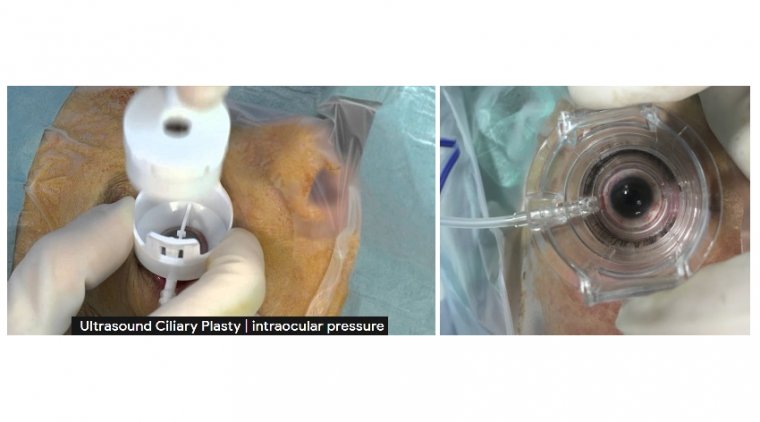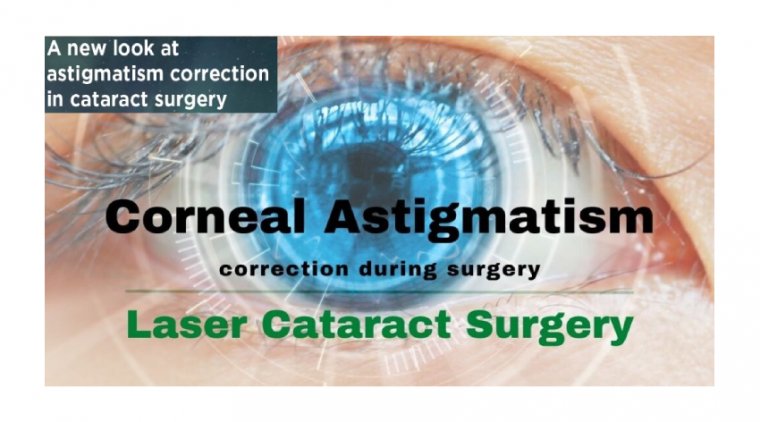
In light of Correcting Astigmatism During Cataract Surgery
Astigmatism is a condition that prevents the eye from consistently focusing light in all directions. This highly common condition is induced by an abnormal curvature of the lens or the eye itself, resulting in more of a football shape instead of a baseball.
Astigmatism can affect your near and distance vision, often causing mild blurring or double vision. We are able to determine the amount of astigmatism affecting your vision during your cataract evaluation.
The good news is, astigmatism can now be corrected during advanced laser cataract procedure. Depending on the amount of astigmatism you have, doctors may use the laser to create small incisions on your eye to reshape it.
These incisions can be made more precisely with a laser compared to a manual procedure. Correcting your astigmatism can help restore your vision to its full potential and may reduce your need for glasses or contact lenses.
Limbal Relaxing Incisions (LRI) - Limbal Relaxing Incisions (LRI) are another way to correct minor astigmatism during cataract surgery. The LRI is typically performed at the beginning of surgery prior to IOL implantation.
In this procedure, arc-shaped incisions are made to the surrounding periphery of the cornea. This technique is designed to gently reshape and flatten the curvature of the cornea into a more spherical shape, ultimately eliminating astigmatism.
Most of the cataract surgeons don’t routinely address astigmatism in patients undergoing cataract surgery.
Most patients’ refractive astigmatism increases after cataract surgery. That’s because preoperative corneal astigmatism is greater than manifest astigmatism in most eyes.
Nearly 70% of corneas have 0.75 D or more of preoperative corneal astigmatism — enough to affect their vision meaningfully. Performing cataract surgery alone actually worsens the astigmatic state of most of our patients.
After cataract surgery, most patients expect to have improved vision. However, when they still need to use prescription lenses to see clearly post-surgery, the disappointment they feel can be significant.
This is particularly the case when the cause is uncorrected astigmatism. There are a lot of patients who don’t realize that they have a little bit of astigmatism. Or, perhaps they have some astigmatism, but their corneal astigmatism is balanced by their lenticular astigmatism.
In these cases, cataract surgery that doesn’t include correction of astigmatism can lead to even blurrier vision and/or a continuing need for prescription lenses after surgery. Then, the patient is sitting in the chair upset with the surgeon, asking ‘Why am I not seeing 20/20?’”
With a multifocal lens, residual astigmatism is especially bothersome. Multifocal lenses reduce contrast to a degree that does not bother the vast majority of patients, unless there are other comorbidities that reduce contrast.
Of these comorbidities — such as optic nerve disease, macular pathology and dry eye — astigmatism is the easiest to address with a simple, simultaneous procedure or toric lens to greatly reduce or eliminate it.
Development of future disease years after cataract surgery can degrade vision, so correcting astigmatism now only improves patients’ long-term outlook.
The Option of Astigmatism Correction
Research has shown that 72 percent of cataract patients have more than 0.5 D of astigmatism. However, only 7 percent of all IOL procedures use toric IOLs. One common reason patients aren’t having their astigmatism corrected is cost, particularly since it isn’t typically covered by insurance.
Doctors should always give the patient the option of astigmatism correction and then let the patient decide. It’s important for patients to understand that opting to have a monofocal lens implanted could result in them paying just as much for prescription lenses over time as they would have for the toric lens.
Other reasons astigmatism goes uncorrected include surgeons’ lack of confidence in their ability to perform the procedure and/or their lack of access to the devices required to implant toric lenses— such as corneal topographers.
Additionally, some patients don’t understand how their astigmatism will affect their vision after surgery. Others are simply used to wearing prescription glasses and don’t mind continuing to do so after surgery.
Toric Lenses
With a variety of toric lenses on the market, it can be challenging to determine which to select and when to use them. The question of when a toric lens should be used to correct astigmatism is often related to the question of how early this solution can or should be used.
For example, if a toric lens that— at its lowest—corrects only 1.2 D, using it with a patient who has 0.5 D against the rule can make the astigmatism worse. Instead of 0.5 D, the patient would now have 0.75 astigmatism.
Astigmatism as little as 0.5 D has the potential to adversely impact functional and low-contrast acuity. Treating astigmatism in its earliest stages can have a measurable impact on patients’ ocular comfort and visual performance.
There’s a huge opportunity for both patients and physicians to benefit from correcting astigmatism during cataract surgery. Patients will be more satisfied because they’ll see better without glasses. It’s rewarding to have these super happy patients in the clinic.




